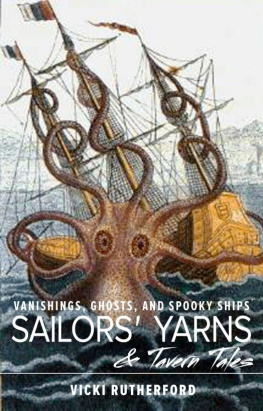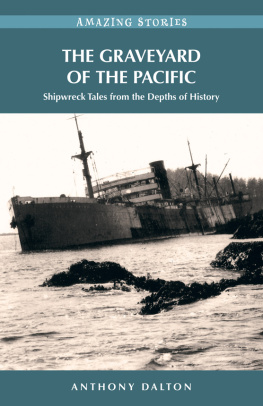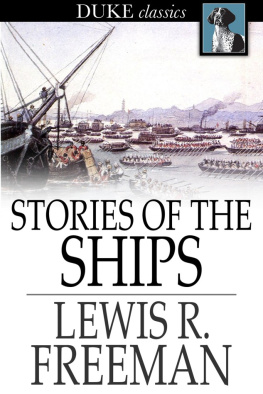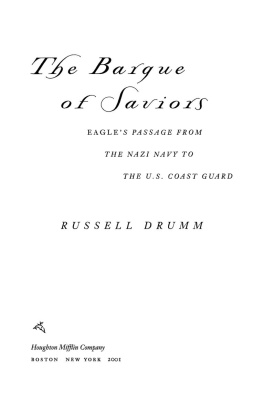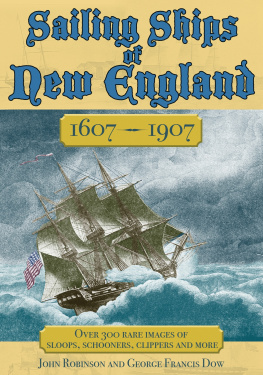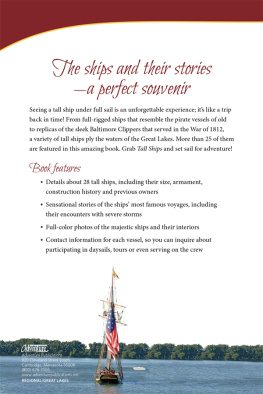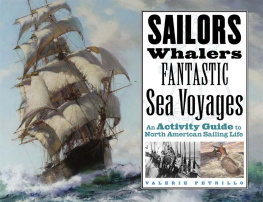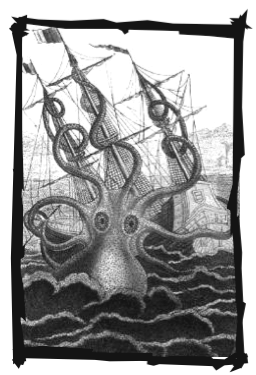Vicki Rutherford - Sailors Yarns & Tavern Tales: Vanishings, Ghosts and Spooky Ships
Here you can read online Vicki Rutherford - Sailors Yarns & Tavern Tales: Vanishings, Ghosts and Spooky Ships full text of the book (entire story) in english for free. Download pdf and epub, get meaning, cover and reviews about this ebook. year: 2012, publisher: Vicki Rutherford, genre: Adventure. Description of the work, (preface) as well as reviews are available. Best literature library LitArk.com created for fans of good reading and offers a wide selection of genres:
Romance novel
Science fiction
Adventure
Detective
Science
History
Home and family
Prose
Art
Politics
Computer
Non-fiction
Religion
Business
Children
Humor
Choose a favorite category and find really read worthwhile books. Enjoy immersion in the world of imagination, feel the emotions of the characters or learn something new for yourself, make an fascinating discovery.
- Book:Sailors Yarns & Tavern Tales: Vanishings, Ghosts and Spooky Ships
- Author:
- Publisher:Vicki Rutherford
- Genre:
- Year:2012
- Rating:5 / 5
- Favourites:Add to favourites
- Your mark:
Sailors Yarns & Tavern Tales: Vanishings, Ghosts and Spooky Ships: summary, description and annotation
We offer to read an annotation, description, summary or preface (depends on what the author of the book "Sailors Yarns & Tavern Tales: Vanishings, Ghosts and Spooky Ships" wrote himself). If you haven't found the necessary information about the book — write in the comments, we will try to find it.
Ships found drifting with no crew aboard. Lighthouse keepers haunted by the Grey Lady, searching for her lost babe. A wooden ship trapped in Arctic ice for 13 years traveling the Northwest Passage with a frozen crew. The ghosts of drowned sailors photographed swimming alongside a ship.
These are some of the stories told in Sailors Yarns & Tavern Tales. For most of the long history of humans at sea, thousands of primitive and not so primitive vessels must have gone missing, succumbing to the perils of the sea. We have no knowledge of those events as, for the most part, history was an oral tradition. Seafarers of those times doubtlessly talked of missing ships and other happenings at sea. And, being humans, seafarers embellished those stories as they were told and retold in port taverns.
Today, we build all manner of ships, equipped with modern navigation and communication aids. Yet, ships still run aground and are buffeted by hurricanes and other forces of nature. Yes, some have disappeared, too. Between 1984 and 2004, 200 large cargo ships, over 656 feet (200 meters) in length, were lost for various reasons, often unknown. Science is beginning to discover the natural forces behind some of these mysteries.
The mystery yarns of the sea in this book are from the past four centuries and from many sources. Some are fact, others based on fact but embroidered in the telling, and still others may only be figments of storytellers imaginations. Whatever their authenticity, sailors yarns are entertaining. Such tales also give those who live on land a glimpse into the world of those who follow the sea as a career. In a world of satellites and GPS, the oceans are still mysterious with secrets yet to be unraveled.
This entertaining book tells twenty strange stories of mysterious disappearances and weird happenings at sea. It also presents some of the natural causes behind such stories, which today's scientists and investigators are discovering.
Vicki Rutherford: author's other books
Who wrote Sailors Yarns & Tavern Tales: Vanishings, Ghosts and Spooky Ships? Find out the surname, the name of the author of the book and a list of all author's works by series.

